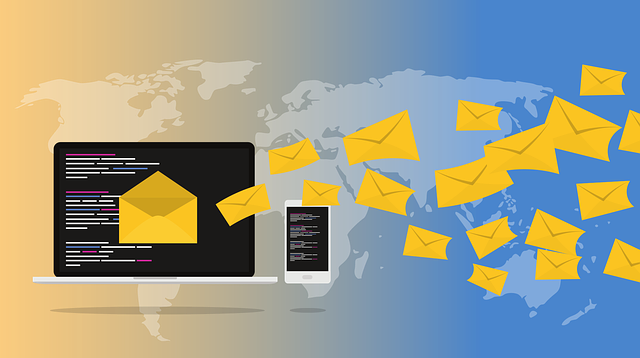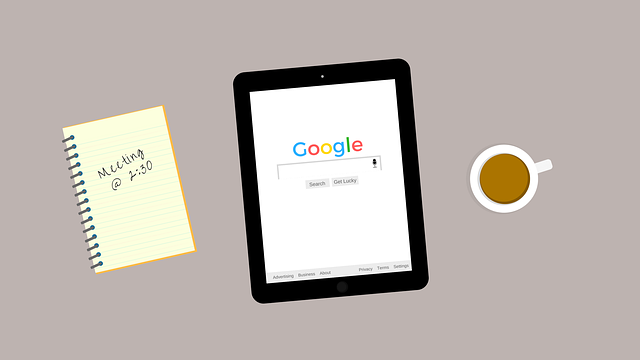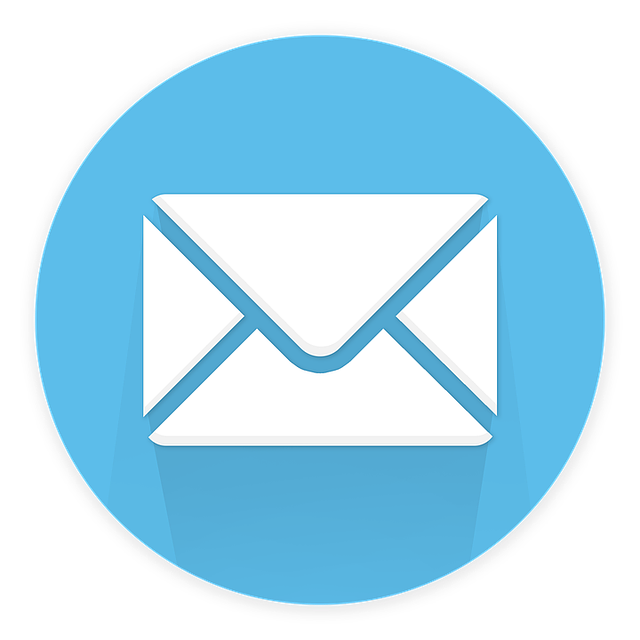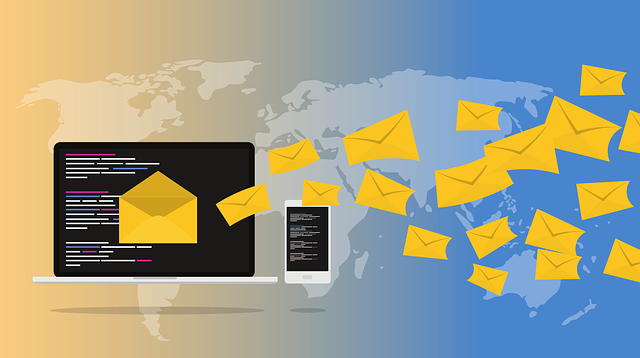Are you launching a new product and looking to maximize your email marketing efforts? Don’t let common mistakes derail your success.
In the fast-paced world of digital marketing, it’s crucial to grab your audience’s attention and engage them from the first click. As the saying goes, ‘You only get one chance to make a first impression.’ So, why waste it?
In this article, we will explore the five critical mistakes to avoid in email marketing for product launches. By crafting compelling subject lines, personalizing your emails, providing valuable content, testing and optimizing, and avoiding overwhelming your subscribers, you can ensure that your launch campaign stands out from the competition.
Get ready to make a splash with your product launch and captivate your audience like never before.
Key Takeaways
- Craft compelling subject lines using visuals and emojis to stand out and grab the audience’s attention
- Personalize emails by using the recipient’s name and segment the email list for tailored content
- Measure the success of the email campaign through open rates, click-through rates, and conversions
- Test and optimize emails for maximum impact, including A/B testing for different variations and optimizing for mobile devices
Crafting Compelling Subject Lines
Crafting compelling subject lines is crucial for capturing the attention of your audience and maximizing the success of your product launch. In today’s busy digital world, people receive countless emails every day, so it’s important to make yours stand out.
One effective way to do this is by creating engaging visuals within your subject lines. This could include using eye-catching graphics or emojis that pique curiosity and entice recipients to open your email.
Additionally, it’s essential to measure open rates to see how well your subject lines are performing. Analyzing this data will help you identify what resonates with your audience and make necessary adjustments for future campaigns.
By mastering the art of crafting compelling subject lines and measuring open rates, you’ll be well on your way to launching a successful product.
Now, let’s move on to the next section about personalizing your emails.
Personalizing Your Emails
When it comes to personalizing your emails, using the recipient’s name is a simple but effective way to grab their attention and make them feel valued. By addressing them directly, you create a personal connection that can increase open rates and engagement.
Additionally, segmenting your email list allows you to tailor your messages to specific groups based on their interests, demographics, or behaviors. This targeted approach not only improves the relevance of your emails but also boosts the likelihood of conversion.
Using the recipient’s name
Using the recipient’s name in your email marketing is a powerful way to personalize your message and grab their attention. People love hearing or seeing their own name, and it makes them feel valued and important.
By incorporating the recipient’s name into your email templates, you can create a sense of familiarity and build a stronger connection with your audience. A/B testing can help you determine the most effective way to use the recipient’s name in your emails. Experiment with different placements and variations to see which approach generates the highest engagement and conversion rates.
Once you have mastered this personalization technique, you can move on to the next step of segmenting your email list. This allows you to target specific groups of recipients with tailored content that meets their individual needs and preferences.
Segmenting your email list
To effectively reach your audience, segmenting your email list is essential. By dividing your subscribers into specific groups based on their interests and preferences, you can deliver personalized content that resonates with each individual. This customer segmentation allows you to tailor your messaging and increase the chances of engagement and conversion.
Here are five reasons why segmenting your email list is crucial for successful product launches:
-
Increased open rates: When you send targeted messages to specific segments, recipients are more likely to open and read your emails.
-
Higher click-through rates: By delivering content that is relevant to each segment, you can encourage recipients to click on your call-to-action.
-
Improved conversion rates: Personalized emails increase the likelihood of recipients taking the desired action, such as making a purchase or signing up.
-
Enhanced customer satisfaction: Segmenting your list allows you to provide content that meets the unique needs and preferences of each segment, resulting in happier customers.
-
Better ROI: Targeted messaging ensures that your marketing efforts are focused on the right audience, leading to a higher return on investment.
By segmenting your email list, you can create targeted and personalized campaigns that resonate with your subscribers. This sets the stage for the next step: providing valuable content.
Providing Valuable Content
Make sure your emails are packed with valuable content that will have your audience salivating for more. When it comes to email marketing for product launches, creating engaging content is key.
Your subscribers receive countless emails every day, so you need to make yours stand out. Provide valuable information, tips, or insights that are relevant to your audience’s interests and needs. This will not only keep them engaged but also build trust and credibility with your brand.
Additionally, make sure to measure the success of your email campaign by tracking open rates, click-through rates, and conversions. This data will help you understand what type of content resonates with your audience and allows you to optimize future campaigns.
Now, let’s move on to the next step: testing and optimizing your emails for maximum impact.
Testing and Optimizing
Maximize the impact of your emails by implementing testing and optimization strategies that will skyrocket your engagement and conversion rates.
A/B testing is a powerful tool that allows you to compare different variations of your emails and identify the most effective elements. Test subject lines, call-to-action buttons, and email layouts to find the winning combination that resonates with your audience.
Additionally, optimize your emails for mobile devices to ensure a seamless experience for all users.
By constantly analyzing and refining your email marketing tactics, you can increase your conversion rates and generate more sales. However, remember to avoid overwhelming your subscribers with too many emails or information.
Strike a balance between providing valuable content and maintaining a manageable frequency of communication.
Avoiding Overwhelming Your Subscribers
When it comes to launching a new product through email marketing, it’s important to avoid overwhelming your subscribers.
Sending too many emails can lead to email fatigue and unsubscribes, so it’s crucial to find the right balance.
By providing a mix of promotional and non-promotional content, you can keep your subscribers engaged and interested in your product without bombarding them with constant sales pitches.
Sending too many emails
Don’t bombard your subscribers with an avalanche of emails, turning their inbox into a chaotic mess and their patience into a ticking time bomb. It’s important to strike the right balance when it comes to email frequency.
Sending too many emails can lead to subscriber fatigue, causing them to disengage or even unsubscribe from your list. Instead, focus on quality over quantity. Send emails that provide value and are relevant to your audience. By doing so, you’ll keep your subscribers engaged and interested in what you have to offer.
Now, let’s talk about another mistake to avoid: balancing promotional and non-promotional content.
Balancing promotional and non-promotional content
Finding the right balance between promoting your products and providing valuable, non-promotional content is crucial for maintaining a visually appealing and engaging email marketing strategy.
It’s important to find the right tone that resonates with your audience and avoids coming across as too salesy. Understanding your audience’s interests and needs will help you create content that they find valuable and informative.
By including helpful tips, industry insights, or relevant news in your emails, you can establish yourself as an expert in your field and build trust with your subscribers. This will make them more receptive to your promotional content when you do send it.
So, remember to strike a balance between promotional and non-promotional content in order to keep your subscribers engaged and interested.
In the next section, we’ll discuss how to build a strong call to action.
Building a Strong Call to Action
Make sure you include a compelling call to action in your email marketing for product launches, so that your audience can’t resist clicking and taking the next step towards purchasing your product. Building urgency is key to motivating your audience to act quickly.
Create a sense of exclusivity by offering limited-time discounts or exclusive access to new features. Use strong action words like ‘buy now,’ ‘get yours today,’ or ‘don’t miss out’ to make your call to action more persuasive.
Keep your call to action clear and concise, with a prominent button or link that stands out visually. Use a sense of urgency in your language, emphasizing limited quantities or time-sensitive offers. Encourage your audience to take action now, rather than later, to increase the chances of conversion.
Frequently Asked Questions
How many words should a subject line ideally contain?
An ideal word count for subject lines is typically around 6 to 10 words. Short and concise subject lines are more effective in grabbing the reader’s attention and encouraging them to open the email.
By keeping it brief, you can convey the main message of your email in a clear and compelling way. Remember, the goal is to entice the recipient to click and engage with your email content, so choose your words wisely.
What are some examples of personalization techniques in email marketing?
Personalization techniques in email marketing can greatly enhance your campaign’s effectiveness. By segmenting your audience based on their interests, demographics, or past behavior, you can tailor your emails to specific groups, increasing relevancy and engagement.
This personal touch helps build trust and loyalty, leading to higher conversion rates. Don’t worry about the extra effort; email marketing platforms make segmentation and personalization easy.
Take advantage of these techniques to stand out in crowded inboxes and achieve better results.
How often should I send emails to my subscribers to avoid overwhelming them?
To keep your subscribers engaged without overwhelming them, it’s important to find the right balance in email frequency. By sending emails too often, you risk annoying your subscribers and causing them to unsubscribe.
On the other hand, if you don’t send emails frequently enough, you may lose their interest. It’s recommended to establish a consistent email schedule, whether it’s weekly or bi-weekly, that provides valuable content and promotions.
This way, you maintain a strong subscriber engagement while avoiding overwhelming them with excessive emails.
What are some common mistakes to avoid when crafting a strong call to action in email marketing?
Crafting a strong call to action in email marketing is crucial for driving conversions. Start by creating a clear and compelling message that prompts immediate action. Use action-oriented language and highlight the benefits of taking that action.
Keep the call to action simple and easy to understand, and place it prominently in your email. Additionally, ensure that your call to action stands out visually, using contrasting colors or buttons.
By following these strategies, you can maximize the effectiveness of your email marketing campaigns.
Are there any specific metrics or key performance indicators (KPIs) to track when testing and optimizing email marketing campaigns?
When testing and optimizing email marketing campaigns, it’s crucial to focus on A/B testing strategies and track key performance indicators (KPIs) like email open rates.
A/B testing allows you to compare different elements of your emails and determine what works best for your audience.
By monitoring email open rates, you can gauge the effectiveness of your subject lines and make necessary improvements.
These metrics provide valuable insights to help you refine your email marketing strategy and achieve better results.
Conclusion
In conclusion, when it comes to email marketing for product launches, avoiding common mistakes can make all the difference in your campaign’s success.
By crafting compelling subject lines, personalizing your emails, providing valuable content, testing and optimizing, and avoiding overwhelming your subscribers, you can greatly increase your chances of engaging your audience and driving conversions.
Did you know that personalized subject lines can increase open rates by 26%? So, don’t overlook the power of email marketing and make sure to implement these strategies for a successful product launch.







